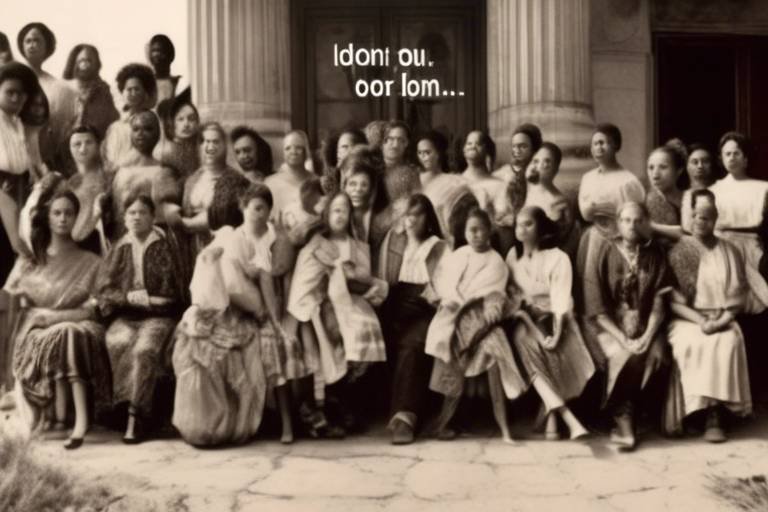The Role of Storytelling in Preserving Cultural Identity
Storytelling has always played a crucial role in preserving the cultural identity of communities worldwide. Through the art of storytelling, traditions, values, and beliefs are passed down from one generation to another, ensuring that the essence of a culture remains alive and vibrant. It serves as a powerful tool that not only entertains but also educates and connects individuals to their roots.
One of the most significant aspects of storytelling is its presence in oral tradition, especially in indigenous cultures. For centuries, oral storytelling has been the primary method of transmitting historical accounts, folklore, and spiritual teachings. It forms the foundation of cultural heritage, embodying the collective wisdom and experiences of a community.
Myths and legends also play a crucial role in shaping cultural identity through storytelling. These narratives not only entertain but also serve to illustrate moral lessons, provide a sense of belonging, and establish a shared heritage within a community. They are the threads that weave together the fabric of a culture, connecting individuals across time and space.
Historical narratives, when conveyed through storytelling, contribute to a collective memory that preserves the past and fosters a sense of continuity and connection to one's cultural roots. By recounting the struggles, triumphs, and traditions of the past, storytelling ensures that the history of a community is not forgotten but rather celebrated and cherished.
Rituals and ceremonies often integrate storytelling to reinforce cultural values, strengthen social bonds, and instill a sense of pride and identity among participants. Through storytelling, the significance of these rituals is passed down, ensuring that the traditions are upheld and respected by each generation.
Intergenerational transmission of stories is vital in preserving cultural practices, language, and customs for posterity. By passing down stories from older to younger generations, the essence of a culture is maintained, and a sense of continuity is established that transcends time and space.
As societies evolve, storytelling techniques also adapt and innovate to suit changing contexts while retaining the core elements that define a culture's identity. This dynamic process ensures that storytelling remains relevant and engaging, continuing to captivate audiences and pass on cultural heritage.
The advent of digital storytelling has revolutionized the preservation and dissemination of cultural stories by providing new platforms and technologies for sharing narratives on a global scale. Through digital means, stories can reach a wider audience, sparking interest and appreciation for diverse cultural traditions.
Despite the challenges faced in maintaining storytelling traditions in a rapidly changing world, there are opportunities for revitalizing and reimagining cultural narratives to ensure their relevance for future generations. By embracing innovation and creativity, storytelling can continue to thrive as a powerful medium for preserving cultural identity.

Oral Tradition
Exploring the reveals the profound significance of storytelling in indigenous cultures. For centuries, oral storytelling has served as a vital means of transmitting historical accounts, folklore, and spiritual teachings from one generation to the next. It is through the spoken word that traditions, values, and beliefs are preserved, ensuring the continuity of cultural identity within communities.
In indigenous societies, oral storytelling is not merely a form of entertainment but a sacred practice that connects individuals to their ancestors and the natural world. Through the art of storytelling, knowledge is passed down, wisdom is shared, and the collective memory of a people is preserved. Each narrative carries with it the essence of a culture, weaving together the threads of history and heritage into a rich tapestry of identity.
Within the Oral Tradition, stories are more than just words; they are living entities that breathe life into the past and illuminate the path forward. Through the oral transmission of stories, communities forge a sense of unity and belonging, fostering a deep connection to their roots and a shared sense of purpose. It is through these tales that the essence of a culture is captured and preserved for future generations to cherish and uphold.
Furthermore, the Oral Tradition serves as a powerful tool for education, instilling values, morals, and ethics in listeners through the art of storytelling. By engaging with narratives that are deeply rooted in tradition, individuals gain insight into their cultural heritage and develop a profound appreciation for the customs and practices that define their identity.
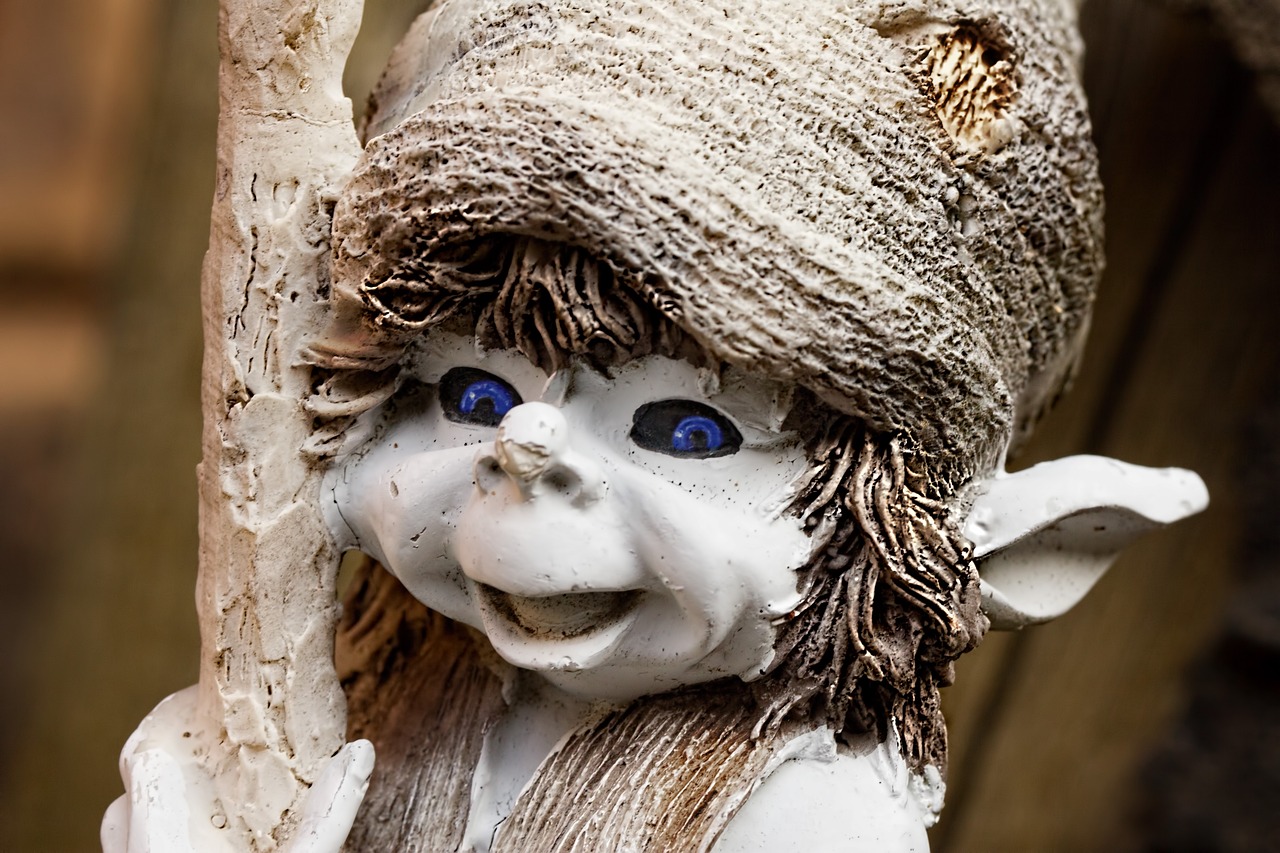
Mythology and Legends
Exploring how storytelling serves as a powerful tool in passing down traditions, values, and beliefs from one generation to another, helping to maintain the unique cultural identity of communities around the world.
Mythology and legends play a crucial role in shaping the cultural identity of a community. These ancient tales are not merely stories but intricate threads that weave together the fabric of a society, imparting moral lessons and creating a shared sense of heritage and belonging. Imagine them as the colorful illustrations in a book, each one adding depth and richness to the narrative of a culture.
Through myths and legends, communities preserve their history and traditions, passing them on from one generation to the next like a precious heirloom. These stories are more than entertainment; they are mirrors reflecting the values, fears, and aspirations of a people, guiding them through life's challenges and triumphs.
Within the tapestry of mythology, heroes rise and fall, gods and goddesses shape the world, and ordinary individuals perform extraordinary feats. Each tale holds a kernel of truth, a nugget of wisdom waiting to be discovered by those who listen with open hearts and minds.
Legends, on the other hand, often blur the lines between reality and fantasy, blurring the boundaries of what is possible and what is merely imagination. Yet, in this ambiguity lies their power, for they allow us to explore the depths of human experience and emotion in ways that straightforward narratives cannot.
Just as a painter mixes colors on a palette to create a masterpiece, storytellers blend facts with fiction, history with myth, to craft stories that endure the test of time. These tales, passed down through generations, serve as a bridge between the past and the present, connecting us to our roots and shaping our cultural identity in profound ways.

Historical Narratives
Historical narratives play a crucial role in shaping the cultural identity of communities by preserving the collective memory of past events and experiences. Through storytelling, these narratives are passed down from generation to generation, ensuring that the traditions, customs, and values of a culture are not lost to time. Imagine historical narratives as the threads that weave together the fabric of a society, creating a tapestry of shared experiences and knowledge that connect individuals to their roots.
These stories often recount significant events, heroic deeds, and cultural milestones that define a community's identity. By recounting these narratives, storytellers not only keep the history alive but also instill a sense of pride and belonging among listeners. It is through these historical tales that individuals learn about their ancestors, understand the struggles and triumphs of their people, and find a sense of continuity between the past, present, and future.
Furthermore, historical narratives serve as a bridge between generations, allowing elders to impart wisdom and knowledge to the youth. In many cultures, storytelling is a revered tradition where elders are seen as the keepers of history, passing down their rich oral heritage to the next line of storytellers. This intergenerational transmission ensures that the cultural identity remains vibrant and relevant, adapting to the changing times while staying true to its roots.
Moreover, historical narratives provide a sense of context and perspective, allowing individuals to understand where they come from and how their cultural identity has been shaped over time. By hearing stories of resilience, innovation, and collective struggle, people develop a deeper appreciation for their heritage and a stronger connection to their community.
Through historical narratives, communities not only preserve their past but also pave the way for future generations to carry on the legacy. These stories serve as a roadmap for navigating the complexities of the present while staying grounded in the values and traditions that have stood the test of time. In essence, historical narratives are the bedrock on which cultural identity is built, providing a sense of continuity, belonging, and pride to all who are part of the storytelling tradition.

Rituals and Ceremonies
Exploring how storytelling serves as a powerful tool in passing down traditions, values, and beliefs from one generation to another, helping to maintain the unique cultural identity of communities around the world.
In many cultures, rituals and ceremonies play a vital role in reinforcing the values and traditions that define a community. Storytelling is seamlessly integrated into these practices, serving as a means to transmit cultural knowledge and instill a sense of identity among participants.
During traditional ceremonies, elders often narrate stories that carry profound meanings and lessons, connecting the past with the present. These stories not only entertain but also educate and inspire the younger generation, fostering a deep appreciation for their cultural heritage.
Furthermore, rituals often involve symbolic acts and performances that are accompanied by storytelling to explain their significance. Through these narratives, participants develop a shared understanding of their history and customs, strengthening the bonds that unite them as a community.
Storytelling in rituals and ceremonies also serves to evoke emotions and create a sense of belonging among those involved. By recounting tales of bravery, sacrifice, or love, storytellers can evoke empathy and solidarity, reinforcing the values that underpin the cultural identity of the group.
Moreover, rituals provide a platform for the preservation of language and oral traditions, ensuring that the unique dialects and linguistic nuances of a culture are passed down through storytelling. This linguistic heritage is a crucial aspect of cultural identity, and rituals play a key role in its continuation.
Overall, the incorporation of storytelling into rituals and ceremonies not only enriches the cultural experience but also strengthens the connection between individuals and their heritage, fostering a sense of pride and continuity across generations.
1. How does storytelling contribute to the preservation of cultural identity?
2. What are some examples of rituals that heavily rely on storytelling?
3. How can digital storytelling impact traditional ceremonial practices?
4. What role do myths and legends play in shaping cultural rituals?
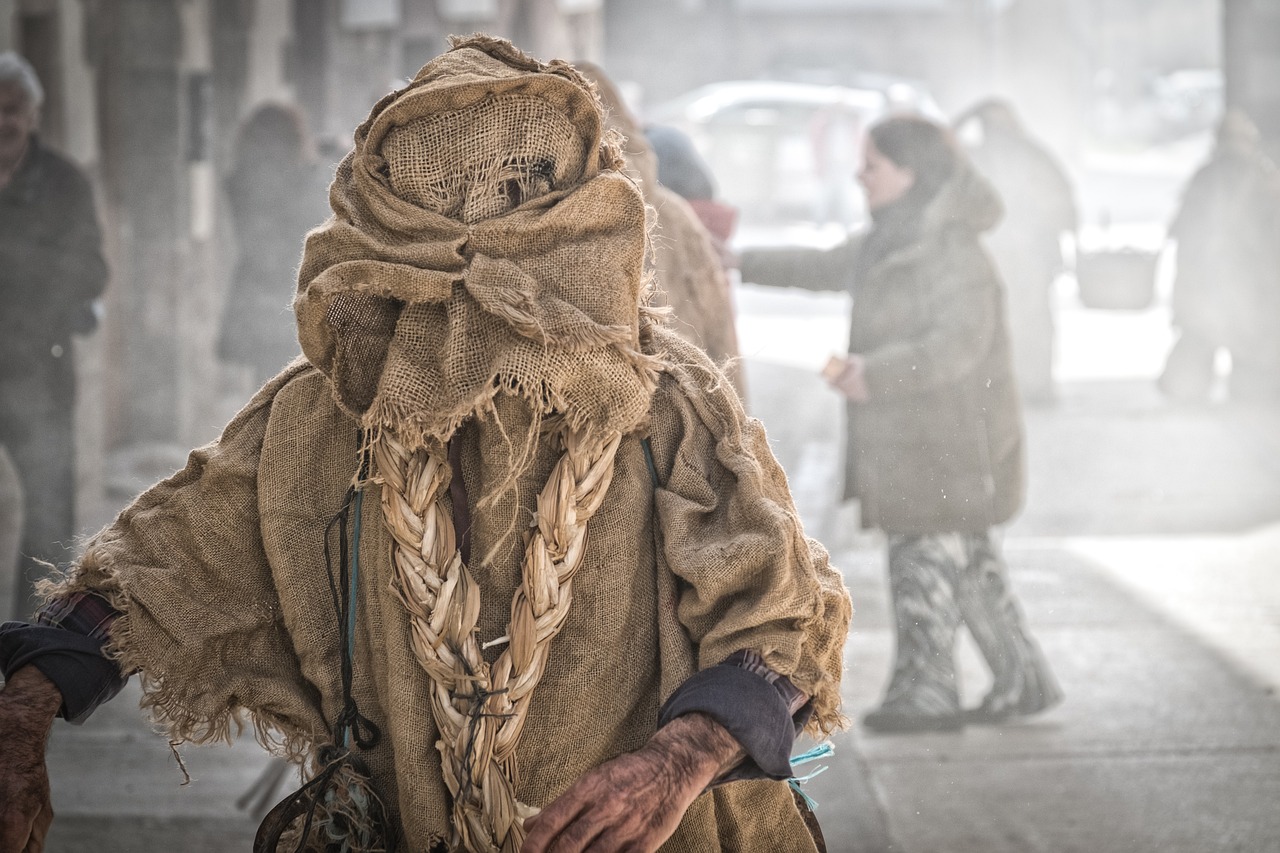
Intergenerational Transmission
Exploring how storytelling serves as a powerful tool in passing down traditions, values, and beliefs from one generation to another, helping to maintain the unique cultural identity of communities around the world.
Intergenerational transmission of stories plays a vital role in ensuring the continuity of cultural heritage. When elders pass down tales to the younger members of a community, they are not just recounting events; they are weaving a tapestry of identity that binds generations together. Through these narratives, knowledge is transferred, language is preserved, and customs are upheld, creating a bridge between the past, present, and future.
Imagine sitting by a crackling fire, listening to the elders spin tales of bravery, wisdom, and love. Each story is like a thread in a grand quilt, connecting you to your ancestors and shaping your understanding of who you are and where you come from. These stories are not just words; they are living vessels of culture, carrying the essence of a community through time.
Within these stories lie the values and traditions that define a culture. Through intergenerational storytelling, these values are instilled in the hearts of the young, guiding their actions and shaping their worldview. It is through these tales that the moral compass of a society is calibrated, ensuring that each generation carries forward the collective wisdom of those who came before.
Moreover, intergenerational transmission of stories fosters a sense of belonging and pride among the youth. As they listen to the struggles and triumphs of their ancestors, they realize that they are part of something larger than themselves. This sense of connection strengthens their identity and empowers them to face the challenges of the modern world while holding onto the cultural roots that anchor them.
Through the act of storytelling, the torch of cultural heritage is passed from hand to hand, illuminating the path for future generations. It is a gift that transcends time, a legacy that endures through the ages. As we embrace the stories of our past, we not only preserve our cultural identity but also ensure that our heritage continues to flourish in the hearts and minds of those yet to come.
Stay tuned for answers to common questions about the role of storytelling in preserving cultural identity.
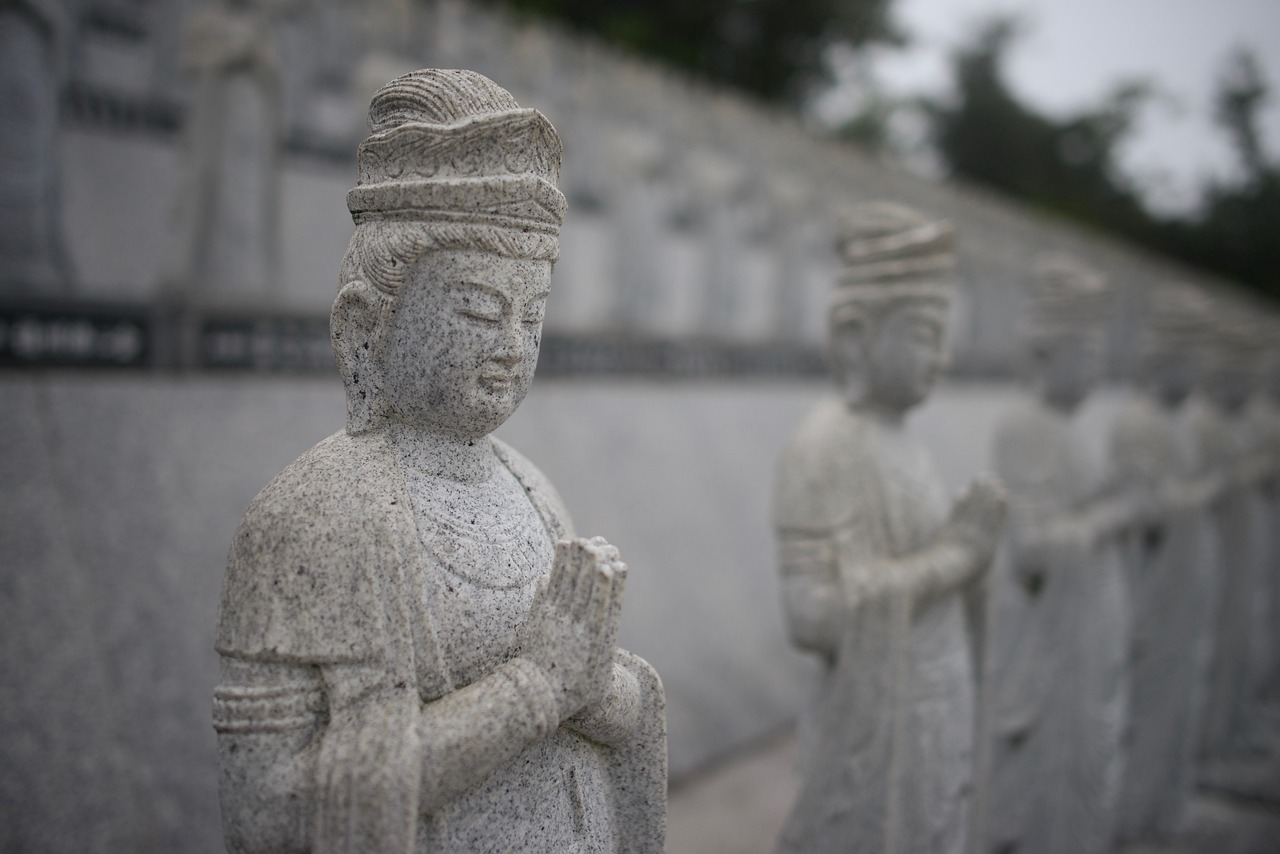
Adaptation and Innovation
Adaptation and Innovation play a crucial role in the evolution of storytelling within different cultures. Just like a river that constantly flows, storytelling techniques also need to adapt and innovate to remain relevant in changing times. Think of storytelling as a living organism that grows and adapts to its environment. It's like a chameleon changing its colors to blend in with its surroundings, yet always retaining its essence.
Throughout history, cultures have innovated their storytelling methods to suit the contemporary audience while preserving the essence of their heritage. It's akin to a chef adding a modern twist to a traditional recipe, creating a fusion that appeals to both the old and the new. This adaptation ensures that the stories remain vibrant and captivating, resonating with the hearts of listeners across generations.
One way storytelling has evolved is through the integration of new technologies. Just as a painter uses different brushes and colors to create a masterpiece, storytellers now have digital tools at their disposal. These technologies enable stories to reach a wider audience, transcending geographical boundaries and connecting people from diverse backgrounds.
Moreover, adaptation and innovation in storytelling allow for the exploration of contemporary themes while staying rooted in cultural traditions. It's like a tree growing new branches while maintaining its strong roots in the soil. This balance between old and new ensures that cultural narratives remain relevant and relatable, resonating with the present while honoring the past.
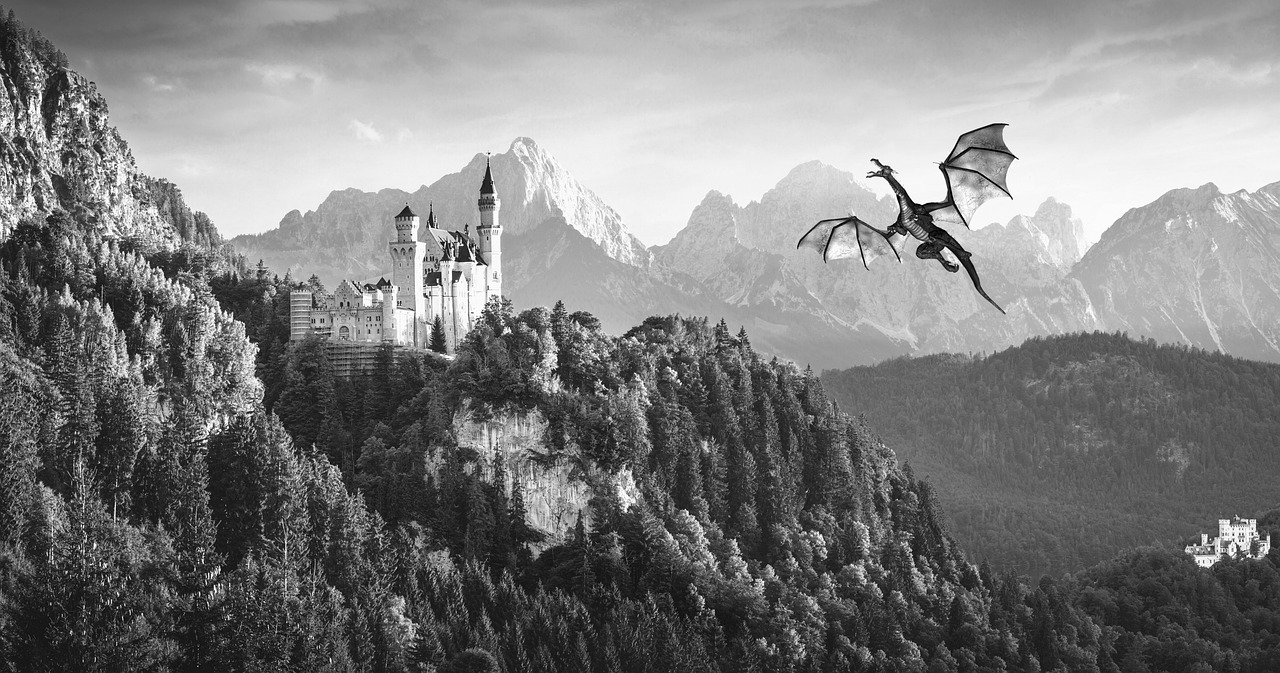
Digital Storytelling
Exploring how storytelling serves as a powerful tool in passing down traditions, values, and beliefs from one generation to another, helping to maintain the unique cultural identity of communities around the world.
The significance of oral storytelling in indigenous cultures and how it has been used for centuries to transmit historical accounts, folklore, and spiritual teachings.
The role of myths and legends in shaping cultural identity, illustrating moral lessons, and providing a sense of belonging and shared heritage within a community.
How historical narratives conveyed through storytelling contribute to a collective memory, preserving the past and fostering a sense of continuity and connection to one's cultural roots.
Exploring how storytelling is integrated into rituals and ceremonies to reinforce cultural values, strengthen social bonds, and instill a sense of pride and identity among participants.
The importance of passing down stories from older to younger generations as a way to ensure the preservation of cultural practices, language, and customs for posterity.
Examining how storytelling techniques evolve over time to adapt to changing societal contexts while retaining the core elements that define a culture's identity.
The impact of digital platforms and technologies on the preservation and dissemination of cultural stories, opening up new possibilities for sharing narratives on a global scale.
Discussing the challenges faced in maintaining storytelling traditions in a rapidly changing world and the opportunities for revitalizing and reimagining cultural narratives to ensure their relevance for future generations.

Challenges and Opportunities
Challenges and Opportunities in preserving cultural identity through storytelling present a dynamic landscape filled with both hurdles and prospects. As societies modernize and globalize, traditional storytelling faces the risk of being overshadowed by digital media and changing communication trends. The challenge lies in adapting age-old storytelling practices to resonate with contemporary audiences while staying true to cultural authenticity. Balancing the preservation of heritage with the need for innovation poses a significant challenge for communities striving to maintain their cultural identity in a rapidly evolving world.
Moreover, economic pressures and time constraints in modern lifestyles can hinder the oral transmission of stories from one generation to the next. The shift towards written or digital formats may lead to a loss of the intimate, interactive nature of oral storytelling, impacting the emotional connection and communal experience that stories traditionally fostered. Finding ways to bridge this gap and engage younger generations in the oral tradition amidst competing forms of entertainment is a pressing challenge for cultural custodians.
However, within these challenges lie opportunities for revitalization and adaptation. Embracing digital storytelling platforms can provide a means to reach wider audiences and preserve stories in a format that appeals to the tech-savvy younger generation. By leveraging social media, podcasts, and interactive websites, cultural narratives can be shared globally, transcending geographical boundaries and reaching new audiences eager to learn about diverse traditions and histories.
Furthermore, the fusion of traditional storytelling with modern multimedia techniques opens up avenues for creativity and innovation. Through animations, virtual reality experiences, and interactive storytelling apps, cultural stories can be brought to life in captivating ways that resonate with contemporary sensibilities. This blend of old and new not only preserves cultural heritage but also ensures its relevance and accessibility in a digital age.
Frequently Asked Questions
- What is the significance of storytelling in preserving cultural identity?
Storytelling plays a crucial role in preserving cultural identity by passing down traditions, values, and beliefs from one generation to another. It helps maintain the unique cultural identity of communities worldwide by sharing historical accounts, folklore, and spiritual teachings.
- How does oral tradition contribute to cultural preservation?
Oral tradition, especially in indigenous cultures, serves as a powerful tool for transmitting knowledge through storytelling. It helps preserve historical narratives, cultural practices, and language, ensuring that the heritage is kept alive and passed on to future generations.
- Why are myths and legends important in shaping cultural identity?
Myths and legends play a significant role in shaping cultural identity by providing moral lessons, a sense of belonging, and a shared heritage within a community. They contribute to the collective memory and help foster continuity and connection to one's cultural roots.
- How does storytelling contribute to intergenerational transmission?
Storytelling is essential for passing down stories from older to younger generations, ensuring the preservation of cultural practices, customs, and language for posterity. It strengthens social bonds, instills pride, and reinforces a sense of identity among participants.
- What role does digital storytelling play in preserving cultural stories?
Digital storytelling has revolutionized the preservation and dissemination of cultural stories by providing new platforms and technologies for sharing narratives globally. It opens up opportunities for cultural revitalization and ensures the relevance of stories for future generations.












